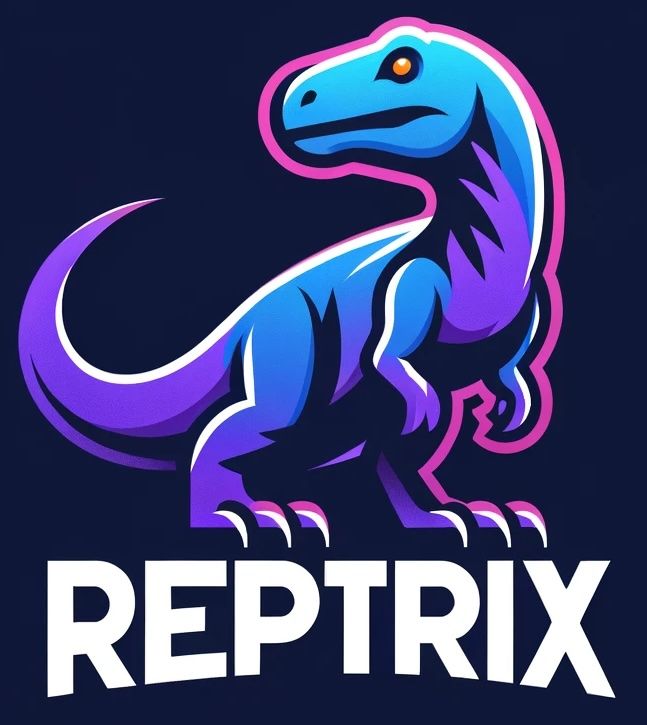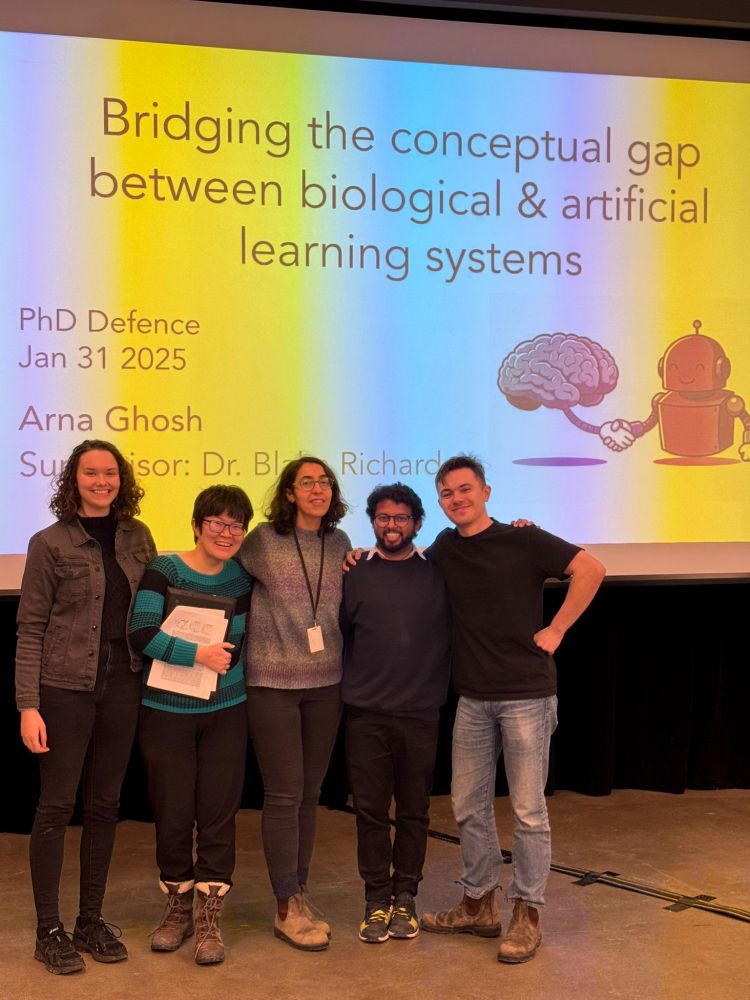I feel spectral metrics can go a long way in unlocking LLM understanding+design. 🚀

I feel spectral metrics can go a long way in unlocking LLM understanding+design. 🚀
- Pretraining: Compress → Expand (Memorize) → Compress (Generalize).
- Post-training: SFT/DPO → Expand; RLVR → Consolidate.
Representation geometry offers insights into when models memorize vs. generalize! 🤓
🧵8/9

- Pretraining: Compress → Expand (Memorize) → Compress (Generalize).
- Post-training: SFT/DPO → Expand; RLVR → Consolidate.
Representation geometry offers insights into when models memorize vs. generalize! 🤓
🧵8/9
We show, both through theory and with simulations in a toy model, that these non-monotonic spectral changes occur due to gradient descent dynamics with cross-entropy loss under 2 conditions:
1. skewed token frequencies
2. representation bottlenecks
🧵6/9
We show, both through theory and with simulations in a toy model, that these non-monotonic spectral changes occur due to gradient descent dynamics with cross-entropy loss under 2 conditions:
1. skewed token frequencies
2. representation bottlenecks
🧵6/9
- SFT & DPO exhibit entropy-seeking expansion, favoring instruction memorization but reducing OOD robustness.📈
- RLVR exhibits compression-seeking consolidation, learning reward-aligned behaviors at the cost of reduced exploration.📉
🧵5/9

- SFT & DPO exhibit entropy-seeking expansion, favoring instruction memorization but reducing OOD robustness.📈
- RLVR exhibits compression-seeking consolidation, learning reward-aligned behaviors at the cost of reduced exploration.📉
🧵5/9
- Entropy-seeking: Correlates with short-sequence memorization (♾️-gram alignment).
- Compression-seeking: Correlates with dramatic gains in long-context factual reasoning, e.g. TriviaQA.
Curious about ♾️-grams?
See: bsky.app/profile/liuj...
🧵4/9

- Entropy-seeking: Correlates with short-sequence memorization (♾️-gram alignment).
- Compression-seeking: Correlates with dramatic gains in long-context factual reasoning, e.g. TriviaQA.
Curious about ♾️-grams?
See: bsky.app/profile/liuj...
🧵4/9
Warmup: Rapid compression, collapsing representation to dominant directions.
Entropy-seeking: Manifold expansion, adding info in non-dominant directions.📈
Compression-seeking: Anisotropic consolidation, selectively packing more info in dominant directions.📉
🧵3/9

Warmup: Rapid compression, collapsing representation to dominant directions.
Entropy-seeking: Manifold expansion, adding info in non-dominant directions.📈
Compression-seeking: Anisotropic consolidation, selectively packing more info in dominant directions.📉
🧵3/9
- Spectral Decay Rate, αReQ: Fraction of variance in non-dominant directions.
- RankMe: Effective Rank; #dims truly active.
⬇️αReQ ⇒ ⬆️RankMe ⇒ More complex!
🧵1/9

- Spectral Decay Rate, αReQ: Fraction of variance in non-dominant directions.
- RankMe: Effective Rank; #dims truly active.
⬇️αReQ ⇒ ⬆️RankMe ⇒ More complex!
🧵1/9
How does the complexity of this mapping change across LLM training? How does it relate to the model’s capabilities? 🤔
Announcing our #NeurIPS2025 📄 that dives into this.
🧵below
#AIResearch #MachineLearning #LLM

How does the complexity of this mapping change across LLM training? How does it relate to the model’s capabilities? 🤔
Announcing our #NeurIPS2025 📄 that dives into this.
🧵below
#AIResearch #MachineLearning #LLM
🦖Introducing Reptrix, a #Python library to evaluate representation quality metrics for neural nets: github.com/BARL-SSL/rep...
🧵👇[1/6]
#DeepLearning

🦖Introducing Reptrix, a #Python library to evaluate representation quality metrics for neural nets: github.com/BARL-SSL/rep...
🧵👇[1/6]
#DeepLearning
@tyrellturing.bsky.social for supporting me through this amazing journey! 🙏
Big thanks to all members of the LiNC lab, and colleagues at mcgill University and @mila-quebec.bsky.social. ❤️😁


@tyrellturing.bsky.social for supporting me through this amazing journey! 🙏
Big thanks to all members of the LiNC lab, and colleagues at mcgill University and @mila-quebec.bsky.social. ❤️😁

4 views 50% data 🤝 2 views 100% data. 📊


4 views 50% data 🤝 2 views 100% data. 📊


Training time: Weeks
Dataset size: Millions of images
Compute costs: 💸💸💸
Our #NeurIPS2024 poster makes SSL pipelines 2x faster and achieves similar accuracy at 50% pretraining cost! 💪🏼✨
🧵 1/8

Training time: Weeks
Dataset size: Millions of images
Compute costs: 💸💸💸
Our #NeurIPS2024 poster makes SSL pipelines 2x faster and achieves similar accuracy at 50% pretraining cost! 💪🏼✨
🧵 1/8


